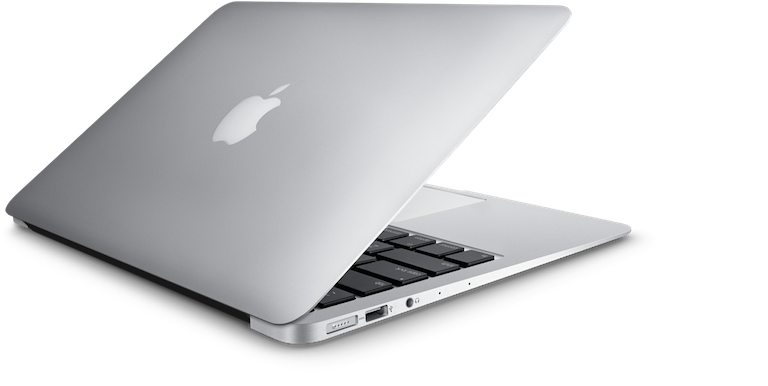I’ve not written anything about ChromeOS since I retired. I was talking with my wife about Chromebooks recently, and that got me thinking about the state of ChromeOS. I did a quick bit of Googling and tried to brush off a few years of Chrome cobwebs. Interesting that Chromebook sales were well over 2 million in 2016 (more than Macs), and have taken a big chunk of the education marketplace, tho that’s unsurprising given the price, managability, longevity, and robustness.
Honestly, even though I’m still working part time in technology management, I’ve found I play with tech less and less in my spare time. I try to play more, fish more, travel more…but I think that fishing is still getting too small a slice of time 😉 . I’ve still got the same two Chromebooks, the Samsung and Acer mentioned here in this blog. We’ve used them on and off, but I’m amazed in some respects that these devices, from 2012 and 2013 respectively are still very viable and useable, and that the Chromebook specs (other than CPU speed) have not increased. The things that make a Chromebook useful (full browser, quick boot, malware resistance, etc.) are still viable in 2017. If someone just needs to browse and do email, it’s hard to beat a Chromebook and a basic internet connection.
It will be interesting to see what happens with Android apps on ChromeOS, but for that I will need to buy a new Chromebook 🙂

